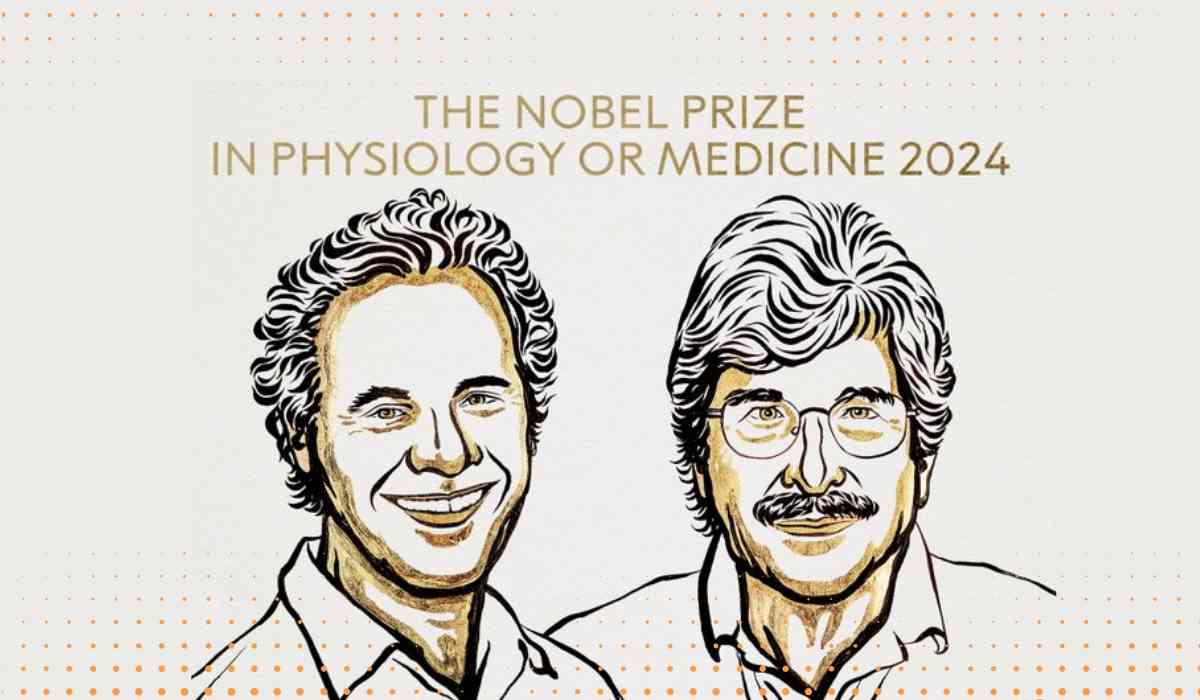The winners of the 2024 Nobel Prize in Physiology or Medicine, have something of utmost significance for humanity. The scientists have cast a new light upon the regulation of genes in living organisms. Hence, totally changing our view in many fields, including developmental biology and medicine.
BREAKING NEWS
The 2024 #NobelPrize in Physiology or Medicine has been awarded to Victor Ambros and Gary Ruvkun for the discovery of microRNA and its role in post-transcriptional gene regulation. pic.twitter.com/rg3iuN6pgY— The Nobel Prize (@NobelPrize) October 7, 2024
Who are the winners?
This year's Nobel Prize in biology goes to two exceptional biologists, Victor Ambros and Gary Ruvkun, whose research dates back to the very beginning of the 1990s; Ambros was at Harvard University while Ruvkun collaborated with Massachusetts General Hospital and Harvard Medical School. Their discovery of microRNA and a completely new class of small non-coding RNA molecules which opened a whole new world for gene regulation. And their work is called as one of the greatest advancement in modern biology. Now lets dive into what is microRNAs.

What Are microRNAs?
MicroRNAs are short, noncoding RNA particles, typically 22 nucleotides in length, that play a role in posttranscriptional regulation of genes. While normal messenger RNA (mRNA) performs their functions through translation into proteins, miRNAs carry out their function by binding to the mRNA and can either degrade the mRNA or prevent its translation and thus inhibit gene expression.
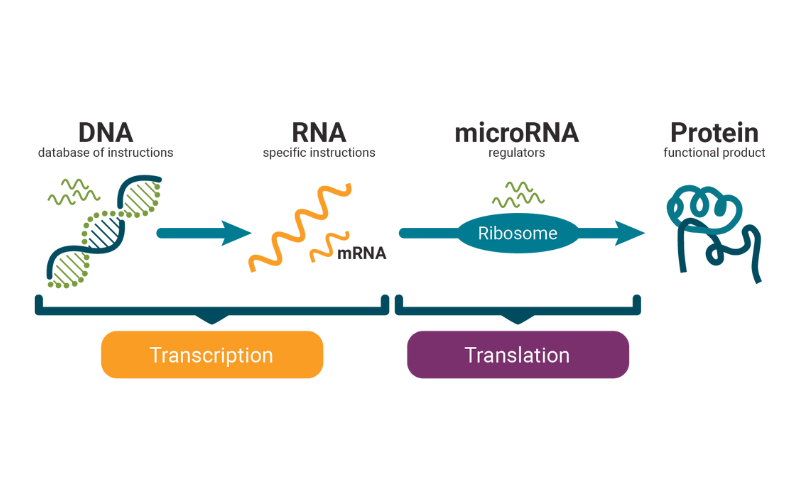
Ambros and Ruvkun's discovery of microRNAs in 1993 greatly changed our understanding of the regulation of genes beyond transcription. Their work allowed for gene expression to be tightly controlled on the RNA level, which in turn would under certain conditions, affect the production of its protein products, an essential aspect in cell differentiation, growth and development.
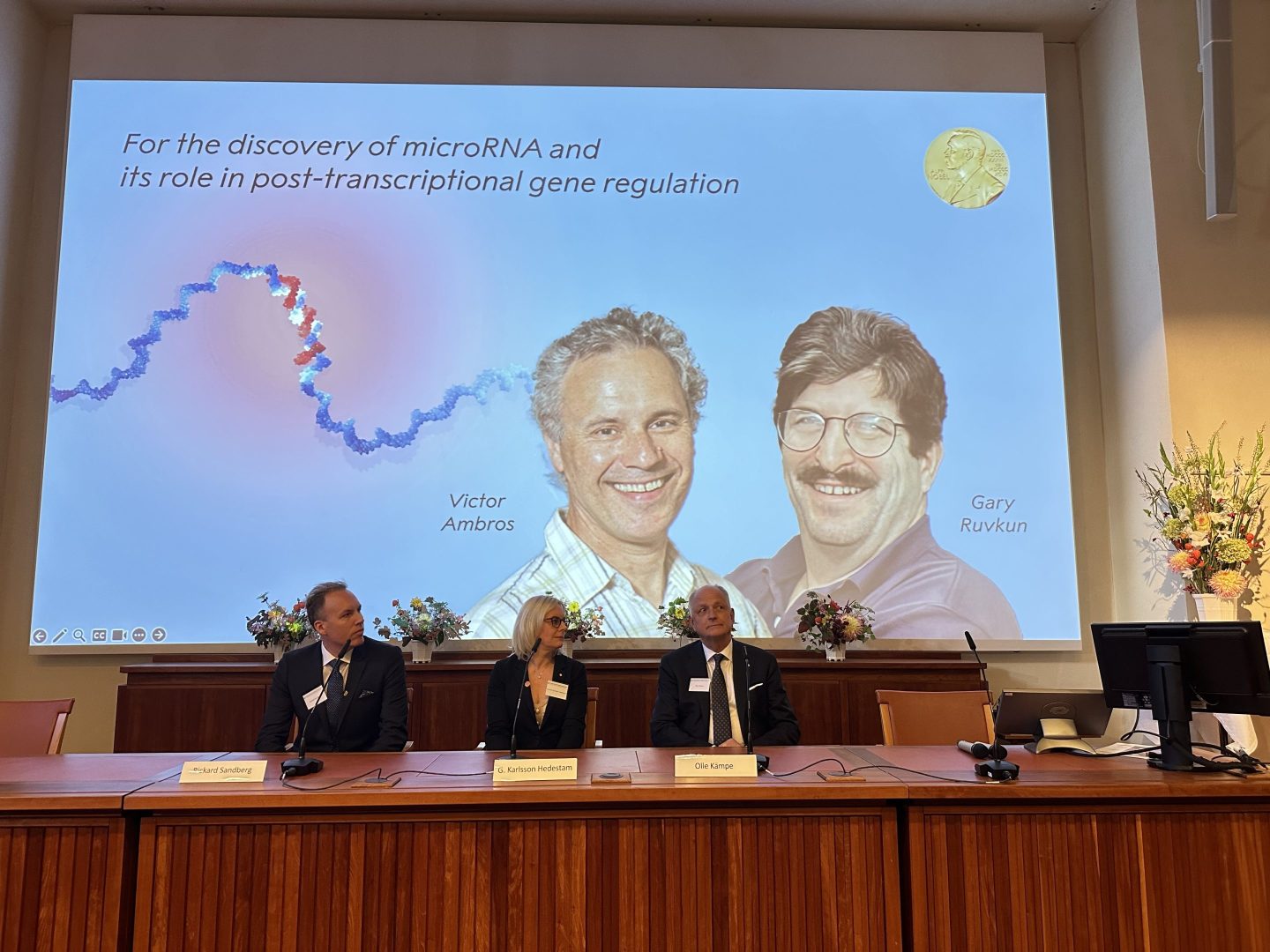
How Was the Discovery Made?
In their research, Ambros and Ruvkun were working on mutations associated with developmental defects in the nematode Caenorhabditis elegans. This studies led them to trace the genetic loci lin-4 and lin-14. Ambros' lab cloned the lin-4 gene and through this investigation obtained a surprising finding. They found that it was not coding for any protein and instead produced a short RNA molecule. At the same time, such a small RNA regulates the lin-14 gene by interacting with the 3′ untranslated region (3′UTR), hindering its translation in the laboratory of Ruvkun.
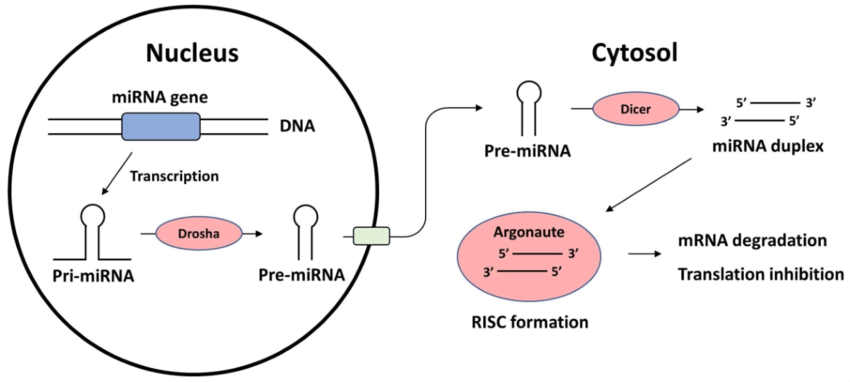
This was revolutionary and introduced a new dimension into control of gene regulation where small RNA controls gene expression post-transcriptionally, as opposed to the gene being translated into a protein directly. In 2000, Ruvkun further identified a second microRNA known as let-7, which revealed that such regulatory molecules are conserved over evolution in many of these species, including humans. This opened up further avenues to study the function of microRNA in more complex organisms and what role they might play in diseases as disparate as cancer and neurological disorder.

Impact of Their Discovery
Discovery of microRNAs has impacted several fields. The understanding of developmental biology has been altered due to miRNAs since they can control the timing of developmental events. In addition, microRNAs have been found to be linked with cancer and in the disruption of miRNAs, abnormal cell growth and tumor development has been reported. They have also played important roles in cardiovascular diseases, neurological disorders, and immune response. miRNAs are used as potential biomarkers for early detection of diseases and also as therapeutic targets. Researchers hope to develop new treatments of conditions where traditional gene therapies work less effectively by manipulating miRNA expression.
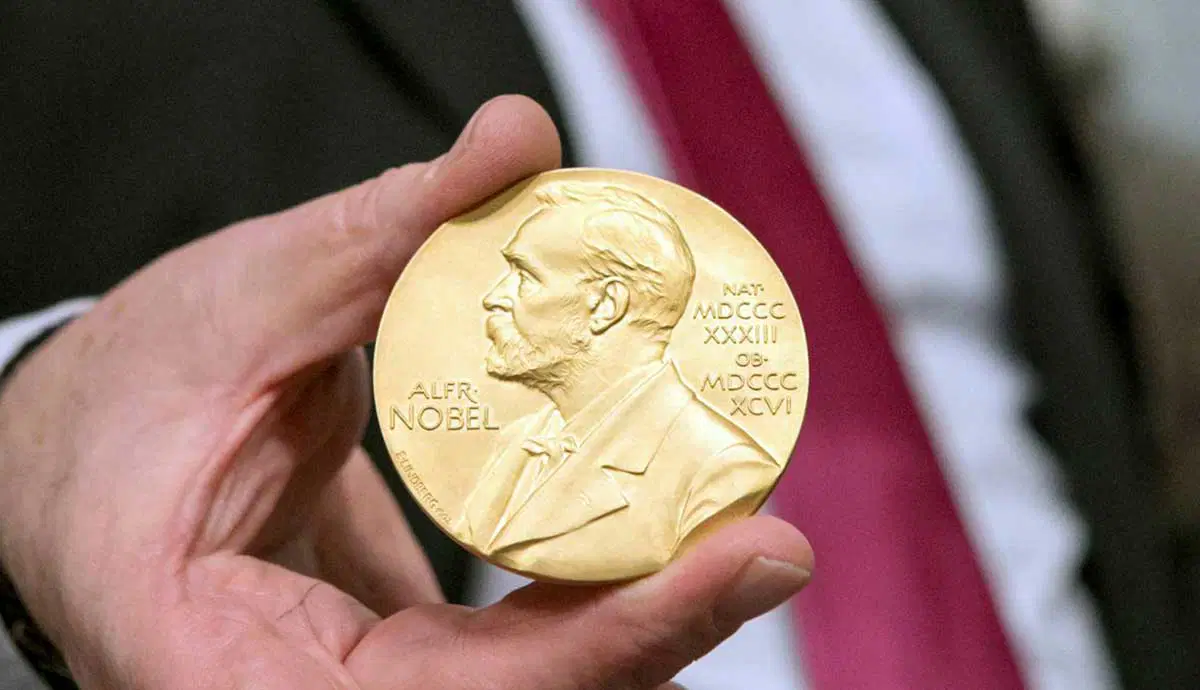
The Nobel Prize in Physiology or Medicine for Victor Ambros and Gary Ruvkun shows how profoundly important the discovery made by them was to science, and how such significant impact their work made on modern science. It provides varied new avenues of research, not only in understanding all those fundamental biological processes but also paving paths towards breakthrough treatments for some of the most challenging diseases.
Inputs by Agencies
Image Source: Multiple Agencies
Ⓒ Copyright 2024. All Rights Reserved Powered by Vygr Media.

